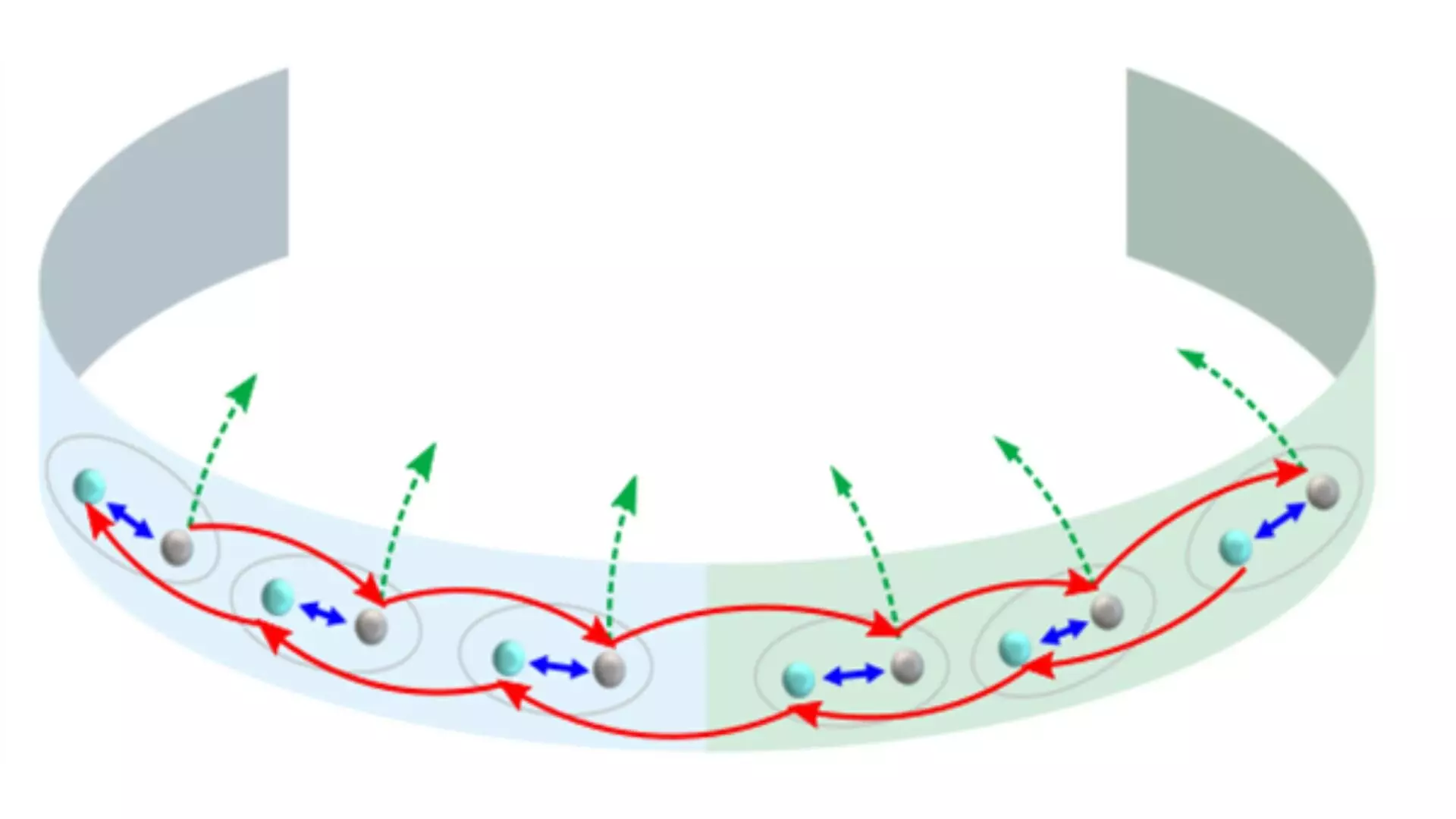Non-Hermitian systems have garnered significant interest in recent years due to their unique properties that differ from traditional Hermitian systems. These systems exhibit characteristics such as dissipation, interactions with the environment, or gain-and-loss mechanisms, which contribute to the emergence of new physics not observed in Hermitian systems.
Professors Wei Yi, Zhong Wang, and Peng Xue have delved into the exploration of non-Hermitian systems by focusing on the non-Hermitian skin effect (NHSE), where distinct behavior manifests at the edges or boundaries of a system. This phenomenon has the potential for applications in photonics and condensed matter physics, opening new avenues for research in these fields.
In non-Hermitian systems, operators do not follow the conventional relationship with their Hermitian conjugates, leading to complex eigenvalues and unique phenomena like the NHSE. The NHSE involves the accumulation of eigenstates at the edges of a system, contrasting with the bulk properties of Hermitian systems. This effect is typically observed in open systems characterized by gain or loss mechanisms in energy.
While previous studies have primarily focused on static features of non-Hermitian systems, the researchers in the study aimed to investigate the dynamic evolution of edge dynamics over time. By examining real-time dynamics, insights into how systems evolve with changing Hamiltonians can be gained, shedding light on energy and behavioral shifts.
To investigate the real-time edge dynamics in non-Hermitian systems, the researchers utilized a carefully designed photonic quantum walk setup. This setup involved a one-dimensional quantum walk with photons, where movement was determined by quantum coin flips introducing probabilistic behavior. A boundary was incorporated into the system, dividing it into distinct regions with varying rules for the quantum walk.
Through the use of optical tools such as beam splitters, wave plates, and beam displacers, the researchers managed the photon’s quantum walk and introduced loss mechanisms at the boundary using partially polarizing beam splitters. This allowed them to measure the occurrence of photon loss, providing insights into the dynamics of edge behavior.
The researchers identified the presence of a non-Hermitian edge burst phenomenon, characterized by an increase in photon loss at the boundary under specific conditions. They concluded that the NHSE and closed imaginary gap in the energy spectrum were crucial factors for the occurrence of the edge burst effect.
Furthermore, the researchers noted the influence of the photon’s initial position on the prominence of the edge burst, with closer proximity to the boundary resulting in higher probabilities of photon loss. By mapping the full time evolution of the edge burst, the researchers highlighted the consistent nature of the phenomenon across different initial conditions.
Future Research and Applications
The experimental observation of real-time edge bursts in non-Hermitian systems unveils a new dimension of topological physics and dynamic phenomena. This opens opportunities for further exploration in localized light harvesting, quantum sensing, and other wave-based applications within photonics and related fields.
As Prof. Wang mentioned, the spatial and spectral sensitivity of the edge burst presents exciting possibilities for research and practical utilization. This work lays the foundation for studying real-time dynamics in non-Hermitian topological systems, hinting at the discovery of additional universal scaling relations in these systems. The edge burst effect could potentially be harnessed for precise light or particle harvesting, offering implications for various technological advancements.


Leave a Reply